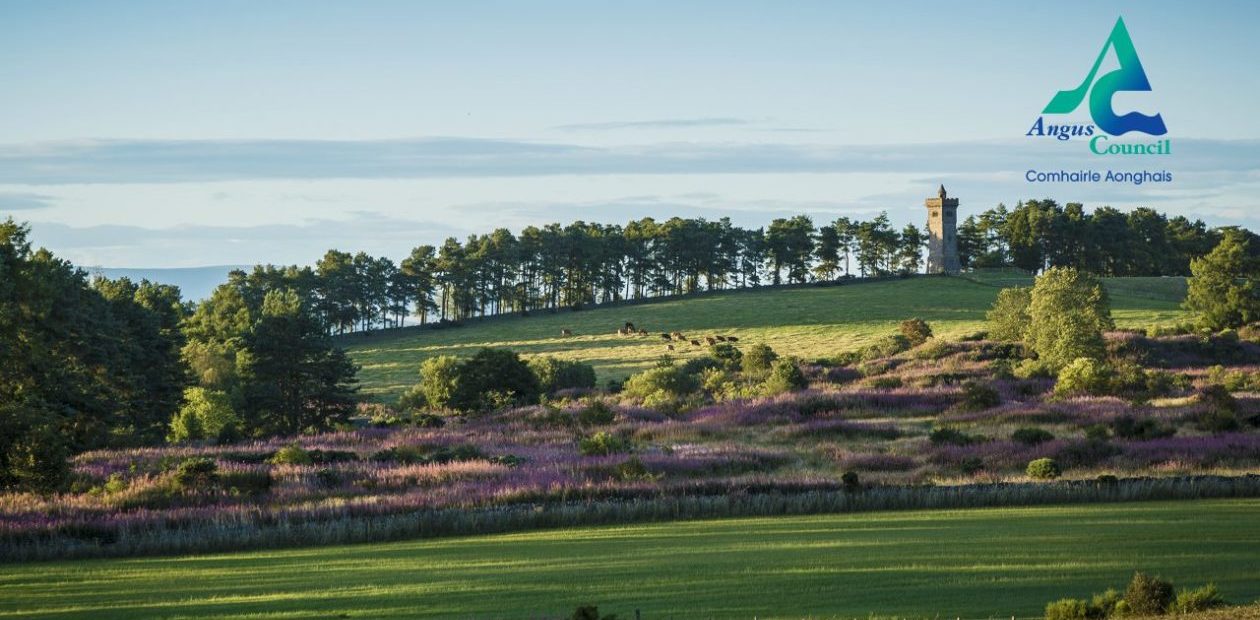by Nicky Murray
Don’t let schooling get in the way of an education has been cited since the time of Huckleberry Finn. It defines education and schools as two sides of a coin. As a Head Teacher I believe the context for non-engagement suggests schools have built the capacity of the child to demand more from themselves and their education by enabling them to apply their learning elsewhere. This is happening at an increasingly early age due to the investment in early year’s education and quality of our schools.
Youth is marked by transitions; nursery to primary, primary to secondary and so on. These types of transition can be daunting for young people, so children choose to control what they can control and as a defence mechanism are engaging with the belief that real learning occurs out with the classroom anywhere and anytime. This must be partly attributed to the experiences children have in school but, as has been suggested, they are unable to make connections to. I strongly believe we must help children become active partners in their learning by shifting the focus from teaching to learning.
The ability to move from compliance to engagement will take time and, as Trish says, the right mindset. Education is about lighting a flame and if 4/10 children are not engaged with schools it possibly suggests they are still at the compliant stage in this setting. They perhaps, as Margo suggests, haven’t been able to make connections in the importance and relevance of their experiences in school. We, as communities have to support all our children to persevere on tasks and be more resilient in their thinking about an education so engagement can occur. Nothing in this life worth having comes easy. Being engaged at any level requires commitment and we need to support our children make sense of this and repair any disconnect the children have with the type of learning which occurs in schools. If children are not engaging with schools the question is who, why or what are they engaging with? I have offered one possible notion; control due to the precarious nature of social, emotional and academic transitions in education for young people may perpetuate this disconnect.


Thanks for this Nicky. I wonder if we find some aspects of supporting children’s transitions easier than others? For me there is an ever increasing need for collaboration between colleagues to make sure we get this right. Also linking your ideas to the work of Feuerstein. He talks about lessons being “mediated learning experiences” that must include in his words, intentionality, reciprocity, mediation of meaning and transcendence. So why are we learning what we are learning, where will we use and apply this learning, in this topic, across different subjects, at home, anywhere! A real need for us all to continue to develop a language of learning.
The mediated learning experience is particularly powerful. At our Primary School we have started to map children’s ideas about learning in and out school using post its. The children write down all the places they learn; “Gran’s House, Football training, Park, Class, Playground,” and then we ask them to think about the learning which occurs in each of these places. We have responses like Gran’s – spelling, playground – standing up for yourself and so on. We then ask the children to rank the places in order of importance in what they are learning. It is very interesting as the playground starts to go up the hierarchy and the class starts to go further down. We have taken this a step further and will be focussing on make the learning more transparent ( thanks to Pauline) I can now call this a form of mediated learning and then at the end of term use a different coloured pencil to map any new additions to their learning. It has been written into our school improvement plan influenced by taking into consideration the recent statistics on non engagement and trying to develop a solutions focussed approach to developing the language of learning Pauline talks about.